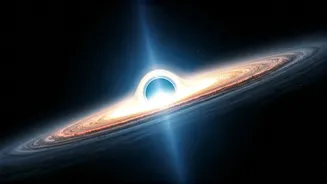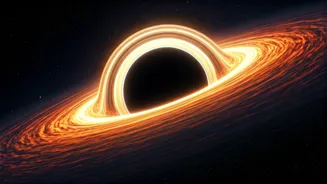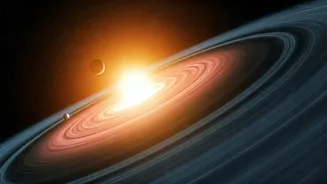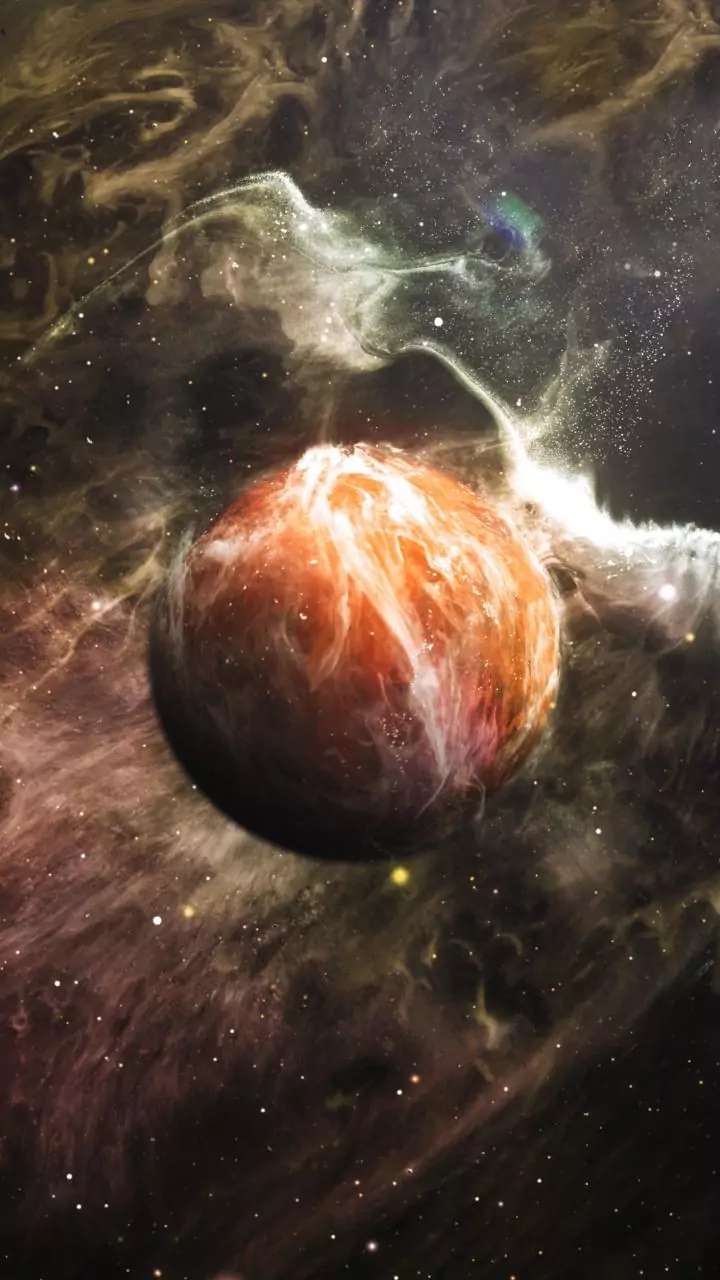A Dazzling Discovery
The remarkable "Superman" flare, a phenomenon of unmatched brilliance, was initially detected billions of light-years away. This event, significantly brighter
than anything previously recorded, illuminated the universe with the intensity of 10 trillion suns. The source of this extraordinary light was identified as a supermassive black hole, a celestial body with a mass roughly 500 million times that of our Sun. The discovery represents a major breakthrough, surpassing the previous record-holder, a flare known as "Scary Barbie," which involved a smaller black hole consuming a star of considerably lesser mass. This event is a testament to the immense power of black holes and the extreme conditions they create.
Black Hole's Massive Meal
Scientists determined that the "Superman" flare resulted from a supermassive black hole tearing apart and consuming a giant star, estimated to be at least 30 times the mass of the Sun. This process, known as a tidal disruption event, occurs when a star ventures too close to the black hole and is shredded by its immense gravitational pull. The resulting energy release is what creates the incredibly bright flare. According to researchers, these flaring events are rare, with only about 1 in 10,000 active galactic nuclei (AGN) exhibiting such activity. However, the intensity of "Superman" makes it an exceptionally rare occurrence, possibly a one-in-a-million event, providing an unparalleled opportunity for scientists to study these powerful cosmic phenomena.
Years of Revelation
The genesis of the "Superman" flare dates back to 2018 when it was first observed by the Catalina Real-Time Transient Survey and the Zwicky Transient Facility (ZTF) in California. Initially, the object appeared unusually bright, but it didn't immediately stand out as extraordinary. Only after years of re-examining the data and conducting follow-up observations using advanced telescopes, such as the Keck Observatory in Hawaii, did scientists realize the true magnitude of the event. The meticulous analysis of the data, combined with sophisticated observation techniques, unveiled the unprecedented power and scale of the flare. The extended study enabled the discovery of the source and its characteristics, solidifying the event's place as a groundbreaking astronomical discovery.
Origin of the Flare
The origin of the "Superman" flare lies within an active galactic nucleus (AGN). These regions, found at the centers of galaxies, are characterized by their extreme brightness and are powered by supermassive black holes. As gas and dust spiral towards these black holes, they heat up and emit intense radiation. In the case of "Superman," the flare's extraordinary scale left astronomers astonished. The ongoing nature of the flare also suggests that the black hole is still actively consuming the remnants of the star, a process Matthew Graham compared to a fish only halfway down the whale’s gullet. This active feeding continues to provide insights into the dynamics of black hole consumption and the resulting emissions.













